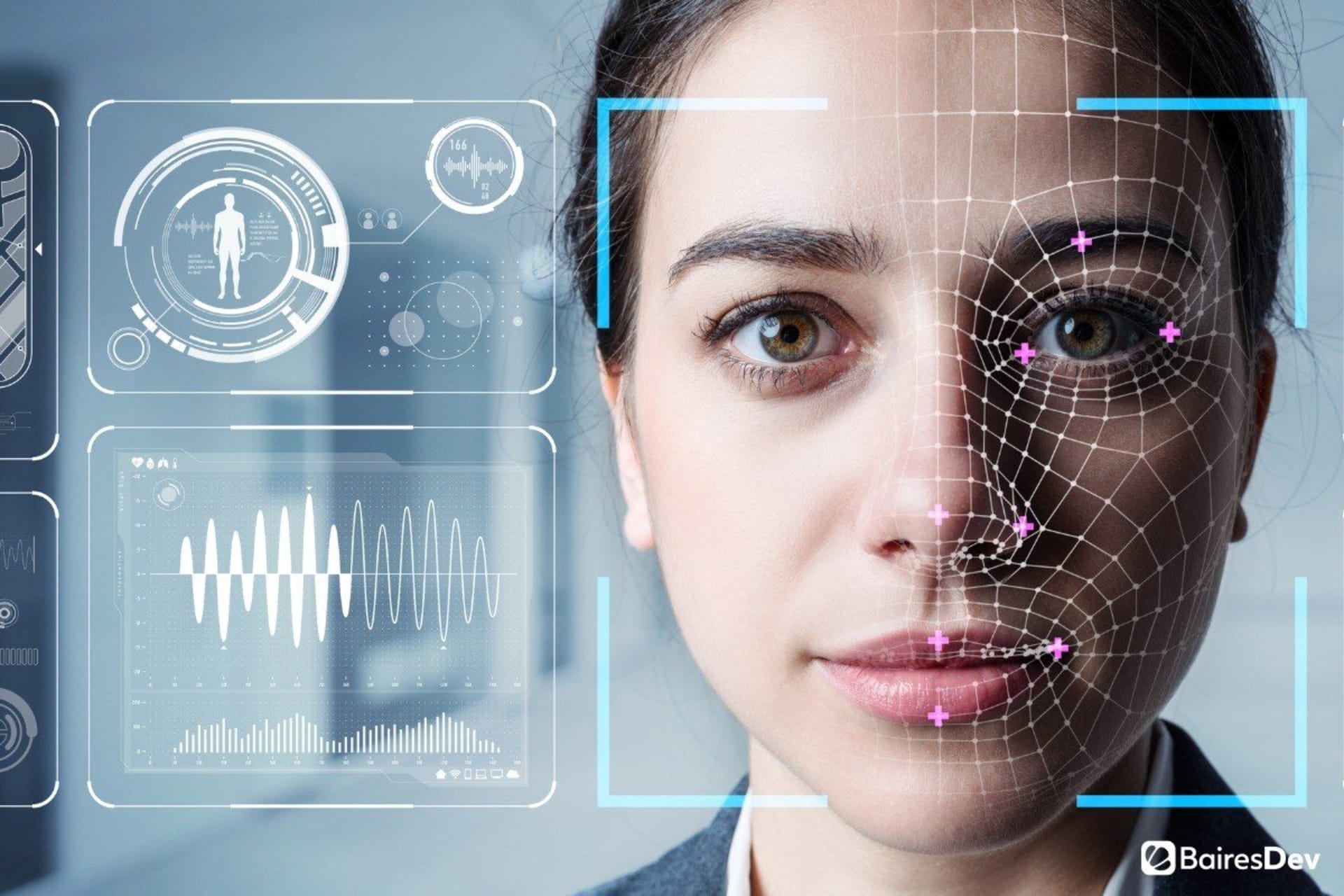On the heels of the news that the social media giant was rebranding as Meta, Facebook announced that it would end its controversial facial recognition software program. Additionally, the newly renamed company said it would delete data that affected over 1 billion people worldwide.
“We’re shutting down the Face Recognition system on Facebook,” the company that now calls itself Meta said. “People who’ve opted in will no longer be automatically recognized in photos and videos and we will delete more than a billion people’s individual facial recognition templates….We need to weigh the positive use cases for facial recognition against growing societal concerns, especially as regulators have yet to provide clear rules.”
Facebook’s facial recognition system dates back over a decade. In 2010, the company introduced the software for photo-tagging purposes, automatically attaching a name to the person featured in a picture. Facebook made this feature opt-in only in 2019, 9 years later. But the controversy surrounding privacy and other concerns led to bad publicity and was even the subject of lawsuits and legal violations.
Facial recognition isn’t limited to social media, though. Across industries, businesses and government agencies are using this technology, which is gaining sophistication, to identify people. Is this a good thing? How does it really work? And what are the implications? Here’s what to know.
What Is Facial Recognition?
Facial recognition is the process of matching an individual’s identity to their face. The software is part of biometric security, a discipline that uses human indicators and body feedback to recognize people instantaneously. Other examples include fingerprint and voice recognition.
The market for these systems is expanding and increasing in value. Today, facial recognition software is used to match and compare individuals across a variety of industries. Some applications include:
- Marketing efforts
- Airport security
- School security
- Retail store surveillance
- Unlocking mobile phones and other devices
- Forensic science
- Law enforcement
- Photo tagging on social media
How Does It Work?
1. Photo Capture and Detection
The first step in facial recognition is capturing the individual’s face on camera. Digital cameras have the power to identify faces, pulling them out of a sea of other visual information. The identification occurs when it recognizes key indicators that make up a face, called facial landmarks.
2. Analysis
Once your face is officially recognized, the system will analyze it. It will evaluate the landmarks to separate out distinguishing markers and characteristics, preparing them to be processed as identifying features that will allow the system to ultimately confirm the person’s identity.
3. Conversion
Each element of the face is then translated into a number. Together, these points create a numerical code, a map that is commonly called a faceprint. Every individual has a unique faceprint, much like their fingerprint — something that is also identified based on a mathematical formula.
4. Comparison
This step is where the real identification takes place. The numerical code or faceprint is compared against a huge number of images of other people. The quantity depends on the particular service and technology. For example, the FBI had a database of more than 640 million photos of people in its facial recognition program as of 2019.
Then, the software creates a similarity score based on an algorithm that determines how similar multiple images are.
5. Final Determination
Based on the comparison against images in a database, the facial recognition software will make a final determination about the identity of the individual in the image. This is the end result of the process.
Controversy
Considering how powerful facial recognition software is, it’s no surprise that it comes with a fair amount of controversy. Facebook isn’t the only company that has come under fire for its use of this technology — major corporations like IBM and Microsoft have as well. Here are some reasons why.
Accuracy
There have been many questions about the accuracy of facial recognition. While the software is becoming more sophisticated over time, it’s by no means perfect, and the implications of false identification are enormous. People could suffer from a number of issues, ranging from being locked out of their devices to being falsely incriminated in a crime.
According to the National Institute of Standards and Technology, the top face identification algorithm had an error rate of 0.08% as of April 2020. But this is the very best solution around, and when it’s used in the real world, accuracy tends to be somewhat lower.
Bias
Bias is one of the most frequently cited problems with facial recognition tools. A considerable body of research suggests that error rates are higher among people of certain demographics. Across studies of several different algorithms, researchers found that the error rates are the highest for individuals who are female, black, and aged between 18 and 30 years.
This is concerning, considering the ways in which the technology is used.
Privacy
Facial recognition software also poses a threat to privacy. Often, information about your identity is collected without your knowledge or permission. This means people and organizations may have access to your unique identifiers without you even realizing it, which, at best, could be an invasion of your privacy and, at worst, threaten your safety.
Efficacy
This technology isn’t impenetrable. As it stands now, it can be fooled, even by something as simple as sunglasses, depending on the sophistication of the program. That means it’s not as effective as you might believe.
Do all these issues mean that facial recognition has no place in our future? Certainly not. But going forward, businesses who are considering adopting the tools must be cognizant of the implications of and problems with the technology. They must also take strides to improve their programs and keep the limitations in mind as they apply them to different contexts.
Accounting for the challenges, though, organizations of varying types have a promising future when it comes to facial recognition.









